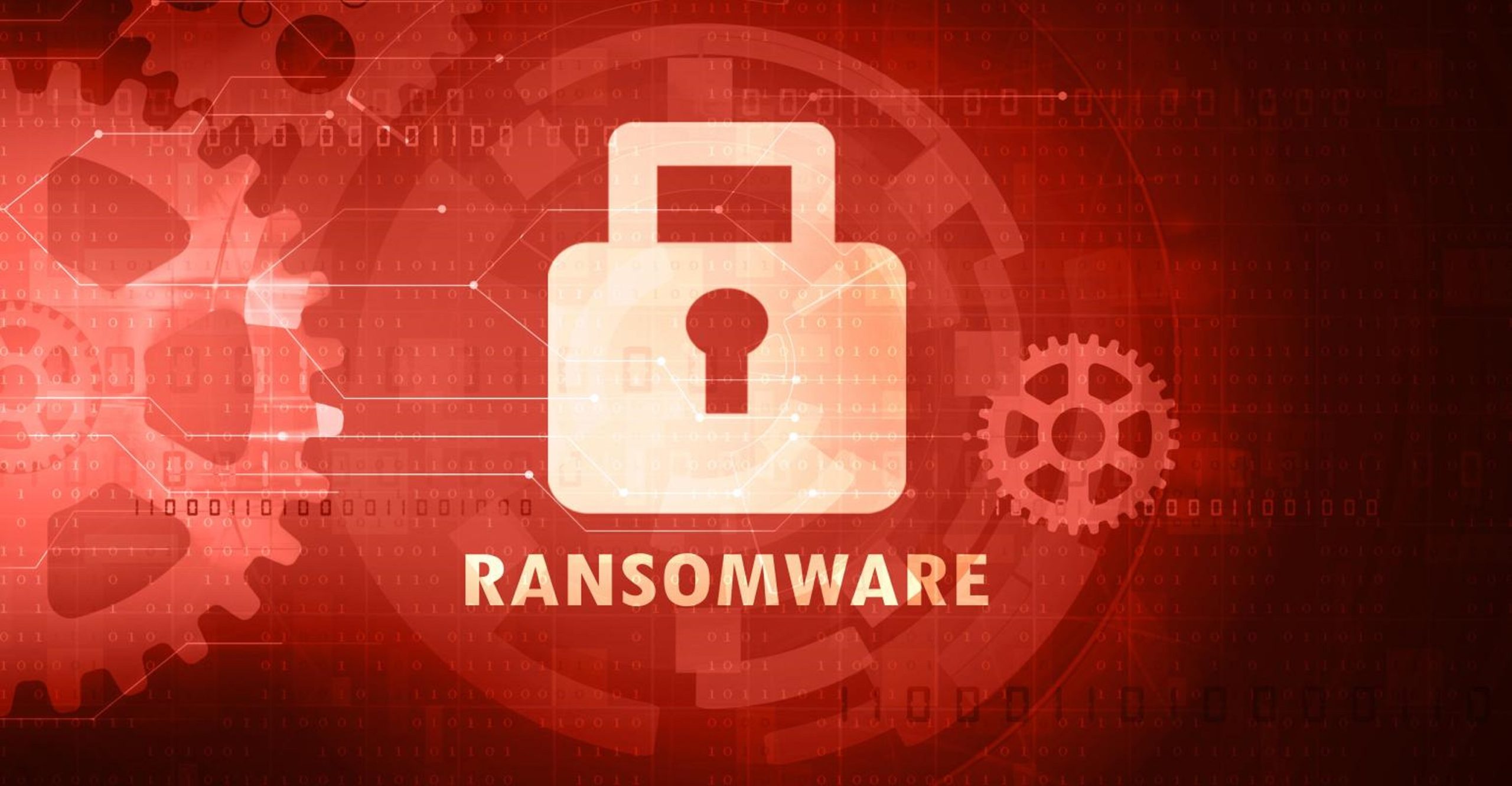
Maksim Galochkin is one of nine people who have been charged for their role in hacks that used the Trickbot and Conti ransomware. They attacked over 900 victims worldwide, including hospitals, and severely damaged essential infrastructure in 47 states in the United States and many other nations. Galochkin, a crucial character, is charged with numerous offenses and could receive jail time. These acts highlight how the U.S. government employs law enforcement and sanctions against cybercriminals to hamper their operations and reputations around the world. The Scripps Health event serves as an example of the serious hazards posed by ransomware attacks on healthcare systems. As a result, effective cybersecurity and emergency management procedures are required.
Maksim Galochkin is one of nine people who have been charged with crimes related to cyberattacks employing the Trickbot and Conti ransomware. Galochkin is specifically named in the indictment because of his role in the California-based 2021 Scripps Health ransomware assault.
The U.S. Department of Justice has revealed that these nine individuals utilized the Conti ransomware to target over 900 victims globally, including hospitals, healthcare providers, and their patients, causing significant disruptions to critical infrastructure across 47 U.S. states, the District of Columbia, Puerto Rico, and approximately 31 other countries.
Notably, Conti ransomware was responsible for a substantial number of critical infrastructure attacks in 2021, according to the FBI.
In the Southern District of California, Maksim Galochkin, also known as “Bentley,” faces three counts of computer hacking for transmitting the Conti malware, resulting in the impairment of medical services for individuals. If convicted, he could receive a maximum prison sentence of 20 years in California, 62 years in Ohio, and 25 years in Tennessee for ransomware-related crimes.
Galochkin is further charged with conspiracy to violate the Computer Fraud and Abuse Act and wire fraud conspiracy in Tennessee, involving the exploitation of a sheriff’s department, police department, and local emergency medical services.
Galochkin is one of the nine defendants linked to the development, deployment, management, and profit from the Trickbot malware, from which Conti originated. The charges include conspiracy to violate the Computer Fraud and Abuse Act, wire fraud conspiracy, conspiracy to launder scheme proceeds, and an enhancement for fraudulent domain registration.
Henry Leventis, U.S. Attorney for the Middle District of Tennessee, emphasized that the conspirators behind Conti ransomware victimized organizations worldwide.
According to the Tennessee indictment, Galochkin played a role as a “crypter” for Conti, modifying the ransomware to avoid detection by antivirus programs.
Recent reports have shed light on the inner workings of Conti ransomware, with Galochkin appearing to act as a lead developer, overseeing multiple reports working on the “crypting” process.
Experts believe that bringing the indicted Russian nationals to justice may be challenging, but the charges reflect the United States’ commitment to using law enforcement investigations and criminal prosecutions as a policy tool to limit the accused cybercriminals’ travel and access to financial institutions.
The announcement by the Department of Justice also aims to expose the identities of these cybercriminals, affecting their reputation and relationships within the criminal cyber ecosystem.
Publicly, Galochkin is associated with four Russian businesses, some of which allegedly provided digital transformation services to local governments in Russia.
The investigation into Conti ransomware is led by the FBI San Diego office, with support from the Memphis and El Paso field offices and the U.S. Secret Service. Prosecution efforts are led by the Middle District of Tennessee and the Southern District of California.
Meanwhile, the FBI Cleveland Field Office is heading the investigation into Trickbot malware, with the Northern District of Ohio overseeing prosecution.
The Justice Department’s National Security Division has assisted in both the Conti ransomware and Trickbot malware investigations, with previous indictments and apprehensions related to Trickbot malware developers Alla Witte and Vladimir Dunaev.
In light of the Scripps Health attack by Conti ransomware, which affected the medical care of thousands of patients, experts emphasize the need for emergency-management planning and mutual aid agreements to ensure patient care continuity during ransomware attacks, which can disrupt hospital operations for extended periods.
John Riggi, national advisor for cybersecurity and risk for the American Hospital Association, stresses the importance of maintaining operations for up to four weeks during such incidents.
Dr. Christian Dameff, medical director of cybersecurity for the University of California San Diego, encourages healthcare employees to address cyber threats, particularly phishing emails, through active engagement and a security-focused culture.
Acting U.S. Attorney Andrew R. Haden for the Southern District of California expressed concern over the indictment, highlighting the callous disregard shown for the medical care and personal information of individuals affected by these cyberattacks.

